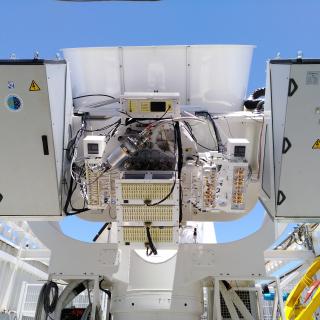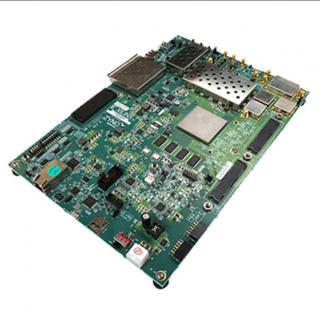General
The Instituto de Astrofísica de Canarias (IAC) has an important engineering team and technical staff with the capacity to undertake scientific instrumentation development projects, competing internationally with the best in the sector, and thus participating in major instrumentation projects for observational astrophysics from Earth and space. Recently, a collaboration agreement was signed between the IAC and the Gran Telescopio de Canarias (GTC) for the renewal of the focal planes (new detectors and related improvements) of the operating instruments OSIRIS and EMIR, and the next one to be installed at GTC-AO, the infrared FRIDA.
Almost since its installation at GTC in 2009, the OSIRIS instrument has demanded a new single CCD of larger size (4k x 4k pixels, instead of the 2k x 4k pair forming the original mosaic), with higher quantum efficiency in its spectral response, with a cryostat of better performance than the current one, which requires almost continuous maintenance. Similarly, the EMIR infrared instrument, installed in 2017, presents intrinsic problems to its detector, based on an obsolete "PACE" type architecture on the hybrid Silicon +MCT chip, resulting in an anomalous linear response for very low signal levels (and dark current) that makes the analysis of its images very complex in addition to a slight loss of SNR. This type of detector, which was discontinued at an early stage, was also planned to be installed in the FRIDA instrument coupled to the GTCAO. To alleviate this problem, the replacement of these units by Teledyne H2RG +ASIC (Sidecar) models is almost mandatory.





